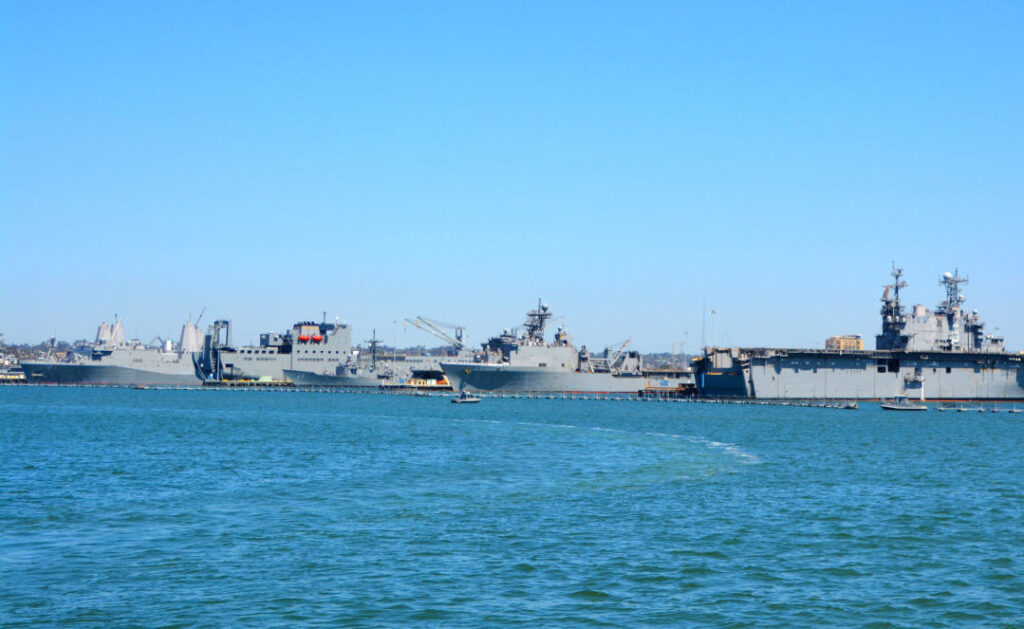It’s often said that you can tell what is important to someone based on how they spend their time and money. Much of the same can be said for satellite communication companies.
The areas where companies put their coveted investment and capital resources are the ones where they see the largest opportunities for future business and growth. When those companies sell products and services to the federal government, you can gain even more insight from evaluating strategic investments and activities – a glimpse into the requirements driving government actions.
So, what can we learn about federal government and military priorities by looking at recent corporate satellite announcements? Quite a bit.
In fact, some recent satellite news reinforces something that many who keep tabs on the military probably already know – the Pacific is increasingly becoming the main point of focus for our military. Given the sheer size of the Pacific region, satellites will be relied upon to deliver vital communications and services in and to that arena.
Moving to meet demand
Over the past few months, commercial satellite providers have been moving satellites that are already on orbit so that they can provide more bandwidth and capacity over the Pacific Ocean. Repositioning a satellite isn’t something that commercial satellite owner/operators do arbitrarily or without very good, market-driven reasons.
Commercial satellite providers spend hundreds of millions of dollars to develop and launch satellites to specific locations based on market conditions. Making a move from those locations involves a myriad of coordination efforts and requires the expenditure of precious fuel, which can ultimately reduce a satellite’s life. That effort could potentially impact the amount of time bandwidth can be leased on the satellite. The point is, satellites are launched as close to their final destination as possible, and it’s economically beneficial for the satellite operator to leave them at that final destination for as long as possible.
So, why move a satellite? Chances are it’s because the company saw an opportunity to fill a government and commercial marketplace need by increasing their capacity in that area. Chances also are that the need they identified is from the U.S. government – specifically the military – in the Pacific region, where the country is facing threats from numerous adversaries.
Although one piece of news doesn’t necessarily define a trend, we can see other examples that illustrate the shift in focus to the Pacific, and the continued reliance on commercial satellites in that region for communications.
Stocking up on high demand bandwidth
According to recent news from SES, the company has successfully launched four new MEO satellites to add capacity to its low latency, high throughput O3b MEO satellite constellation. Not surprisingly, those new O3b MEO satellites will function to dramatically increase the amount of capacity and throughput available to government customers in the Pacific region.
SES’ O3b MEO satellite capacity is in increasingly high demand across the federal government because of its ability to deliver fiber-like throughputs and bandwidth practically anywhere on the globe and with a fraction of the latency of traditional, GEO satellite constellations.
These high throughput, low latency connections have become essential to the military at a time when bandwidth demands are high and IT solutions are more essential for military operations than ever before. In fact, it was recently announced that the Department of Defense (DoD) has leased an entire O3b MEO beam – the fourth such beam leased by the government in recent history.
The launch of these four new O3b MEO satellites will bolster the company’s existing O3b MEO constellation and ensure that even more fiber-like connectivity is available to key military users in the Pacific, a theater that faces unique connectivity challenges due to its size and lack of terrestrial networks.
With high throughput, low latency connections in place, the military will have access to high quality ISR data – as well as the full contingent of IT services and solutions that they rely on to accomplish their mission – with much of the same speed and reliability as afforded by their terrestrial networks at home.
Companies that work with the government make strategic investments to ensure that their services and solutions are available for government and military customers when and where they’re needed. The repositioning of satellites to the Pacific, and the launch of new satellites to bolster the capacity of mission-critical satellite services illustrates a few trends for today’s military – the increasing priority of the Pacific region due to a large number of adversaries in that theater, as well as a requirement for satellite communications in the Pacific to overcome the unique communications challenges that the region poses.
